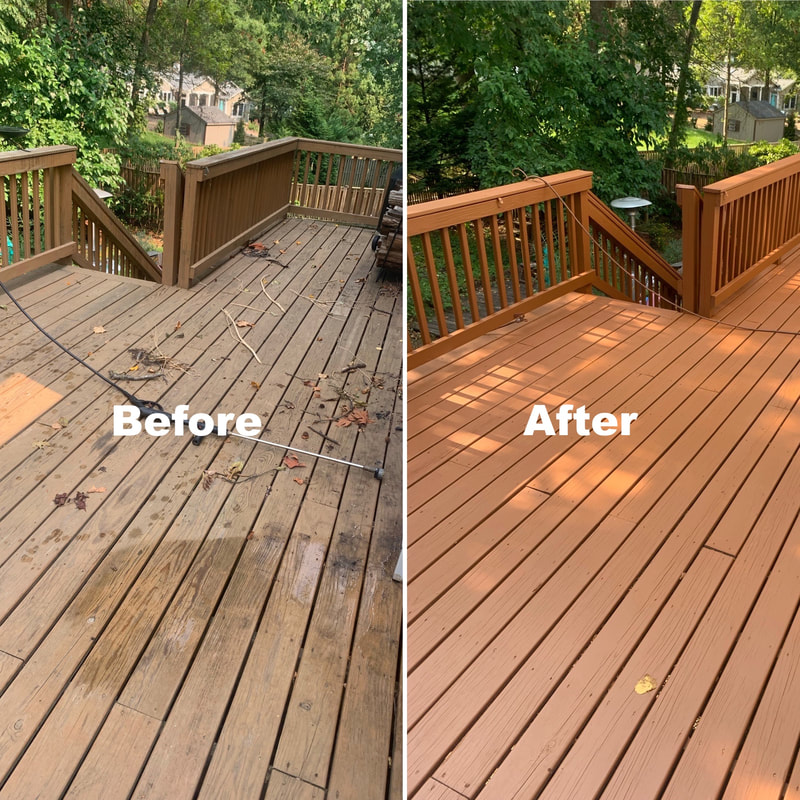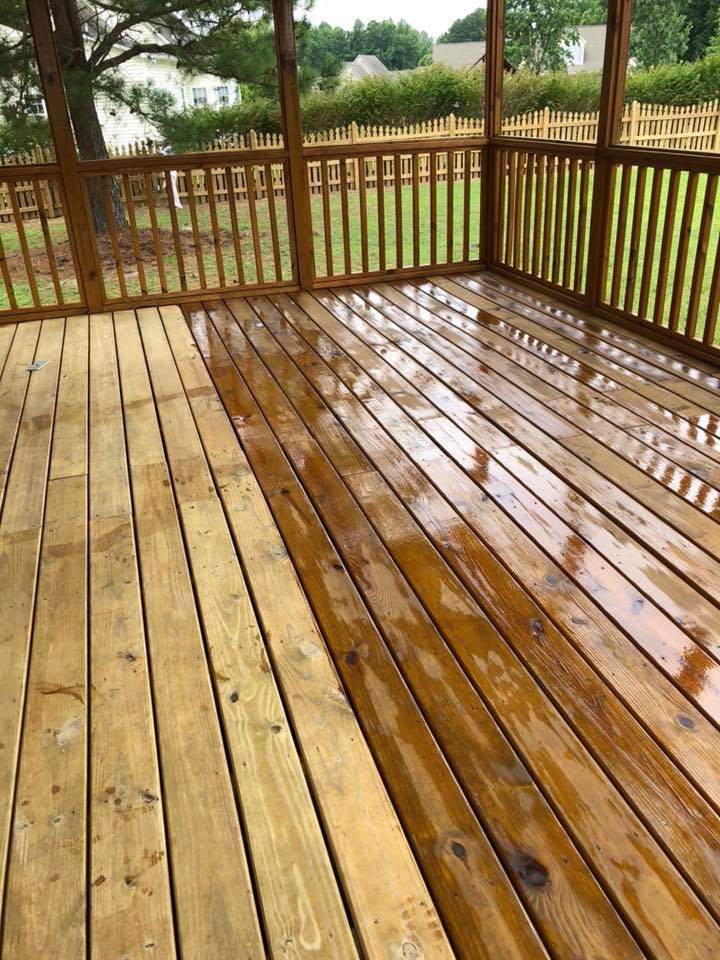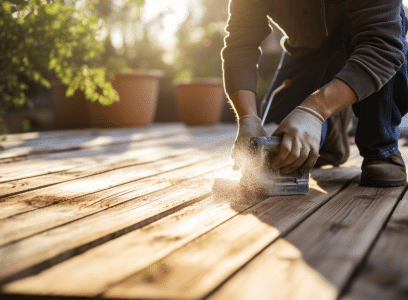Deck Staining 101: Everything You Required to Know for a DIY Project
From preparing the deck surface area to choosing the best kind of stain and understanding the application methods, each step plays an important function in achieving an expert surface. Join us as we unwind the important guidelines and expert pointers for grasping the art of deck discoloration, making sure a successful Do it yourself project that will leave your deck looking impeccable.
Value of Deck Staining
Deck discoloration is a vital maintenance task that preserves the longevity and appearance of outside wooden structures. By applying a coat of discolor to the deck's surface, you develop a safety obstacle that aids prevent dampness infiltration, UV damage, and decaying of the wood.
It supplies an opportunity to personalize the appearance of the deck by picking from a variety of tarnish shades and finishes. In essence, normal deck staining is a straightforward yet effective way to guarantee your deck continues to be structurally sound and visually pleasing for years to come.
Deck Preparation Steps

After cleansing and repairing, fining sand the deck is necessary to smooth out rough surfaces and open up the timber's pores to much better take in the stain. As soon as the deck is tidy, completely dry, and smooth, protect any nearby plants, furniture, or surface areas with a drop fabric before using the deck stain.
Picking the Right Spot
Selecting the suitable stain for your deck is an essential choice that straight affects both its appearance and longevity. When choosing the best discolor, there are several elements to take into consideration to ensure an effective do it yourself task.
First of all, you need to make a decision between clear, semi-transparent, and strong spots. Clear discolorations allow the all-natural grain of the timber to show with but use minimal protection against UV rays and dampness. Semi-transparent stains supply a compromise in between color and defense, while solid spots provide the most defense but cover the wood grain.
Next, take into consideration the sort of timber your deck is made of, as different stains function better with specific timber types. For instance, cedar and redwood decks often look best with a clear have a peek at this site or semi-transparent tarnish to highlight their natural elegance. Pressure-treated timber may gain from a strong tarnish to hide blemishes.
Lastly, element in the environment in your area. If you experience rough winters or intense sunlight, choose a discolor with UV protection and resistance to extreme climate condition. By carefully thinking about these aspects, you can select a discolor that improves your deck's aesthetics and longevity.

Applying Spot Correctly
When thinking about the application of stain to your deck, it is important to pay close focus to the certain attributes of the discolor chosen and how it engages with the kind of timber and environmental problems formerly mulled over. Prior to beginning the discoloration procedure, ensure that the deck surface is clean, dry, and totally free of any type of previous finishes or particles. It is suggested to check the picked tarnish on a tiny low-profile location of the deck to make sure compatibility and accomplish the preferred color and finish.
When applying the stain, use a roller, brush, or sprayer , complying with the producer's instructions for the specific item. Job in convenient areas to prevent lap marks and guarantee even coverage. Apply the stain along the size of the deck boards to avoid uneven merging. It is essential to function with the timber grain to improve the natural elegance of the deck and enable better infiltration of the discolor. Take into consideration using a 2nd layer if required for a more sturdy surface and improved security against the elements.
Maintenance and Treatment Tips

An additional crucial aspect of deck upkeep is shielding it from the components. Regularly cutting neighboring vegetation can additionally stop fallen leaves and branches from collecting on your deck and triggering prospective damage.
Conclusion
In conclusion, deck staining is a vital action in preserving the appearance and longevity of your outdoor room. By appropriately preparing the deck, selecting the best stain, using it properly, and complying with maintenance pointers, you can make certain a resilient and gorgeous finish that will certainly last for many years to come. Bear in mind to consistently care and examine for your stained deck to maintain it looking its finest.
Join us as we decipher the essential standards and insider tips for understanding the art of deck discoloration, making sure a successful DIY project that will certainly leave your deck looking remarkable. - deck cleaning near me
In essence, normal deck staining is an easy yet effective means to guarantee your deck remains structurally sound and aesthetically pleasing for years to come.
Once Full Report the deck is tidy, dry, and smooth, shield any kind of close-by plants, furniture, or surface areas with a decrease fabric prior to applying the deck tarnish.Next, consider the type of wood your deck is made of, as various stains work much better with particular wood species.When taking into consideration the application of stain to your deck, it is crucial to pay close focus to the specific features of the tarnish picked and just how it communicates with the kind of timber and environmental conditions formerly mulled over.